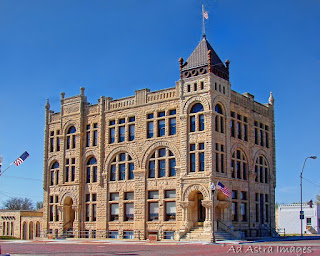Heroic Brutalism has been compared to some of the architecture from the Victorian era, which was regarded as a style of excess. Contemporary preservationists are urging for a more sensitive treatment of Brutalist buildings and at least one line of argument is plausible: fashions change, tastes change, styles change--and sometimes everything comes round again. Since architecture is subject to criticism on the basis of function and durability, however, the ability to protect Brutalist monuments is more difficult.
Some very excessive buildings from the 19th century continue to be preserved and reused. Memorial Hall at Harvard is a notable example. It is an impressive pile of interpretative Gothic detailing. The plan is an overt frame of a cathedral. And like a cathedral, it serves a diverse (even for Harvard) congregation--particularly at mealtimes.
Herein lies a lesson for preservationists--the building has to work. And at some fundamental levels, Brutalist buildings did not work. The most notable Brutalist architects, working in the best spirit of experimental Modernism, sought to create unique geometric experiences that broke with millenia of building practices. A bit more reinforced concrete, a bit more height, a bit more cantilever were the ingredients of magazine worthy Brutalism.
The Victorian era, which was revolutionary, made it possible for Richardson to engage in his own experiments. His most successful projects were deeply restrained, but as Hitchcock noted, he was the last traditionalist. There are some successful knock-offs, like this:
But, the decorated splendor of the 19th century would give way to an age of glass and steel. Brutalism, ultimately, was a dead end. Good for photographers.




No comments:
Post a Comment